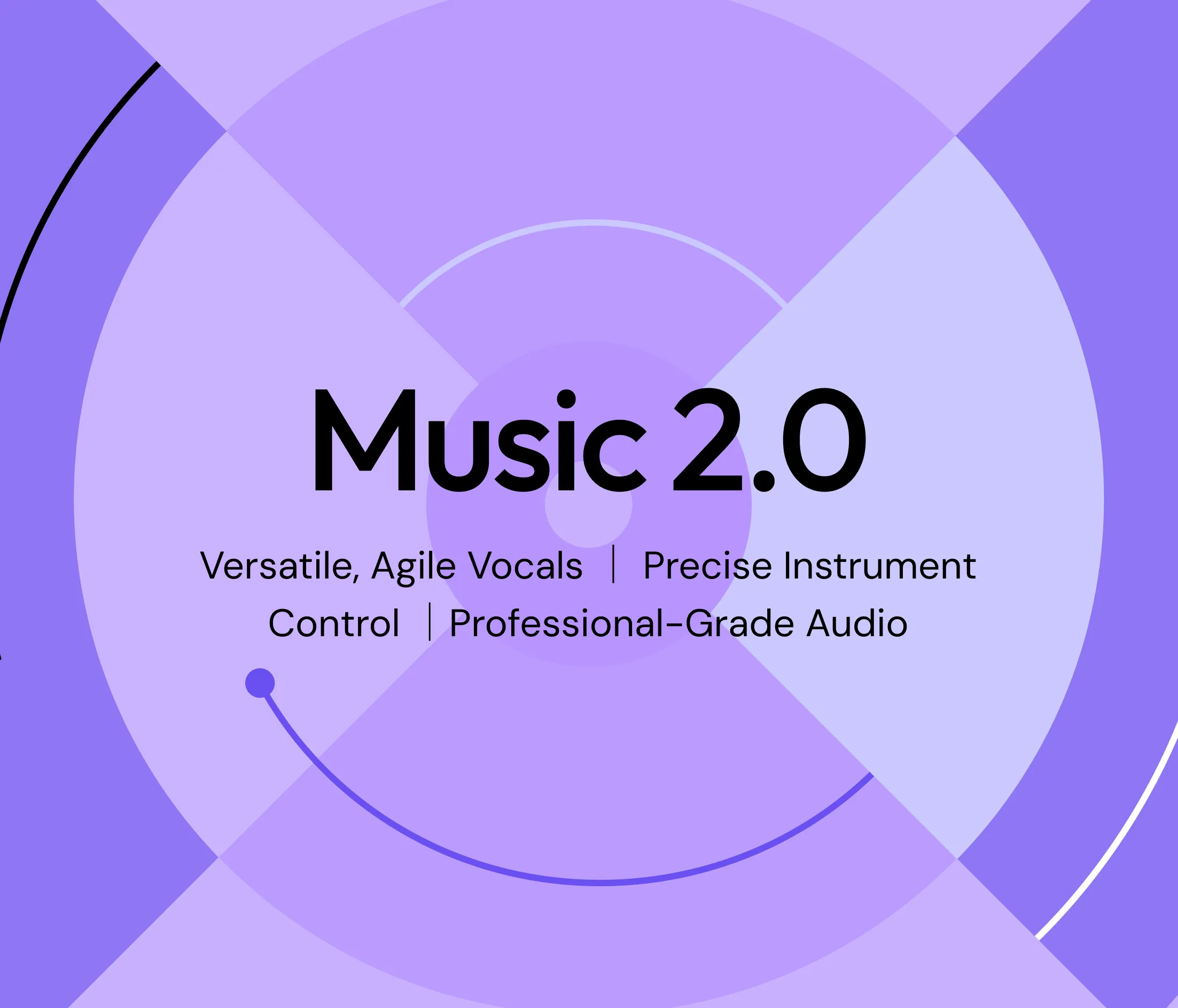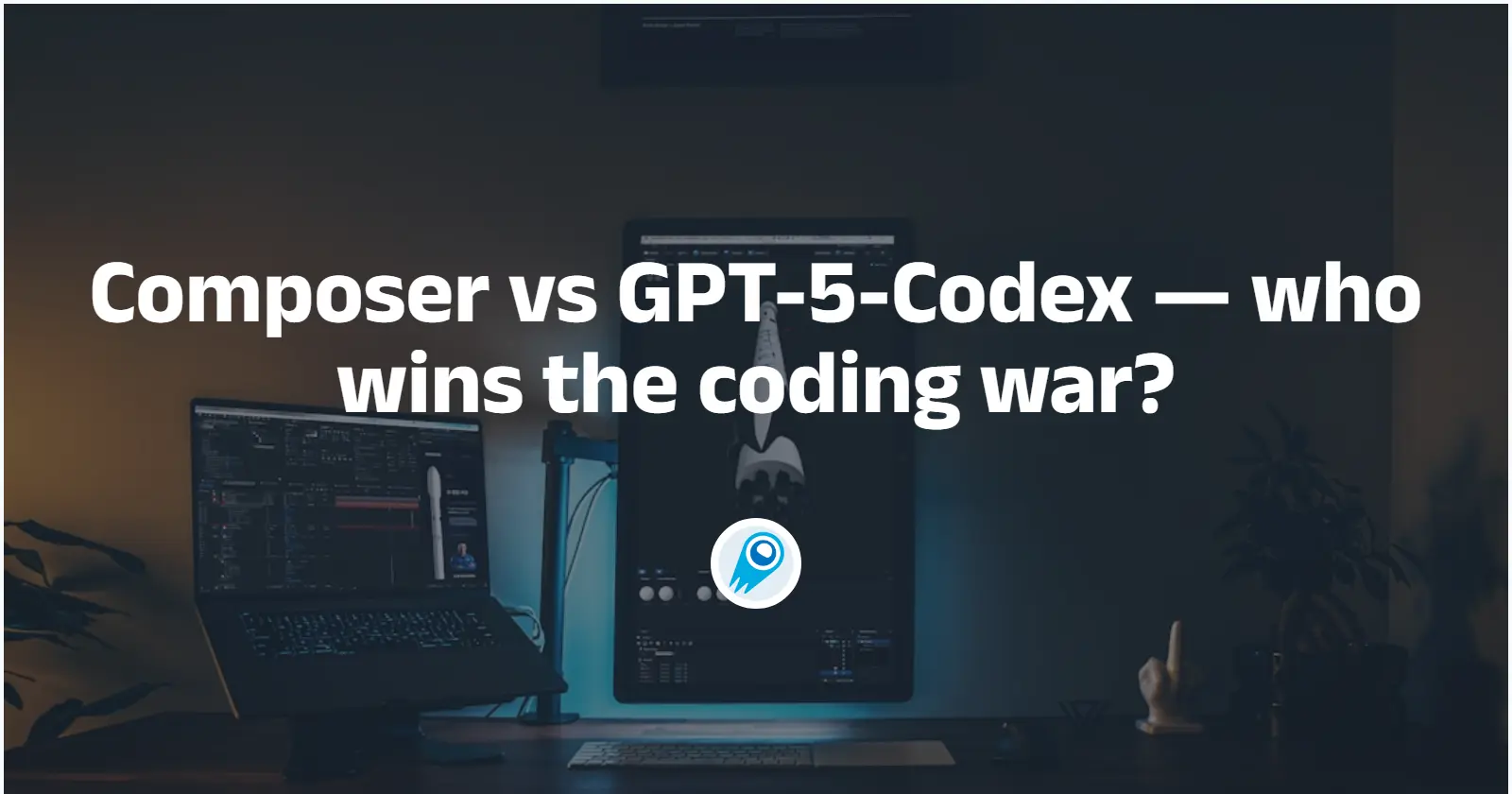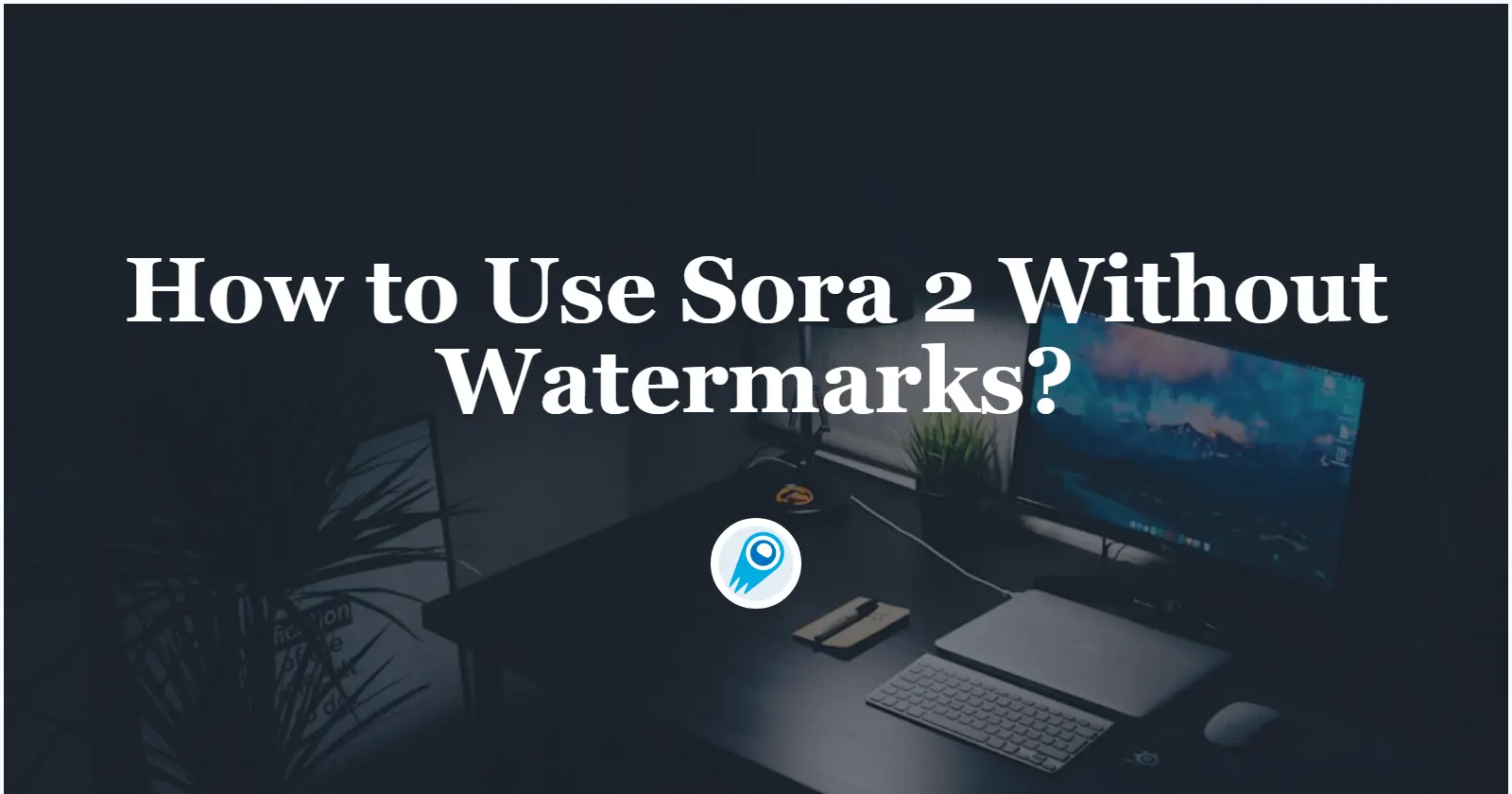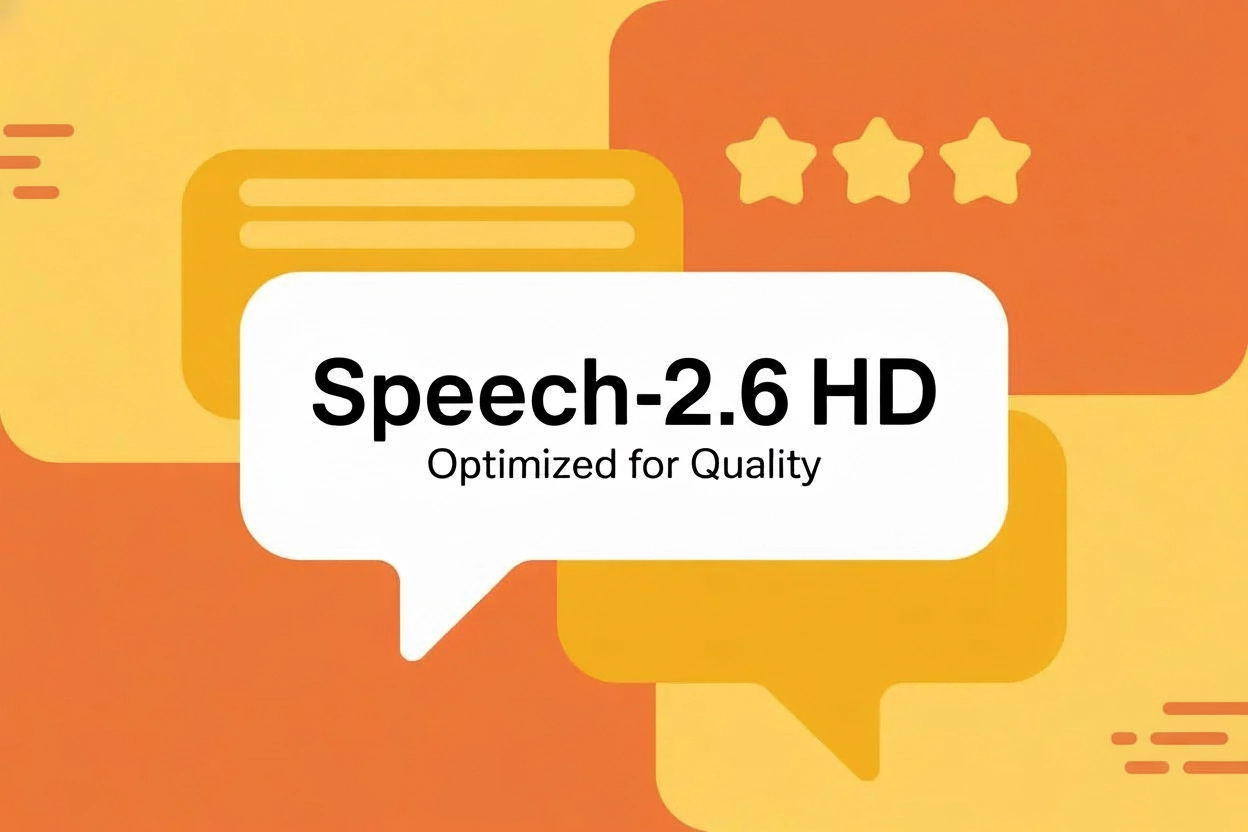Comet API Blog
The CometAPI Blog shares practical guides and updates on mainstream
AI models to help developers get started quickly and integrate them efficiently.
What is Claude Opus 4.1? All You Need to Know
Anthropic’s Claude Opus 4.1 marks a significant incremental step in large-language-model evolution, offering enhanced capabilities in coding, reasoning, and agentic behavior. Released on August 5, 2025, it serves as a direct successor to Claude Opus 4, delivering measurable gains across key benchmarks and unlocking new integration pathways for developers and enterprises alike. This article delves […]
Is OpenAI’s latest GPT-5 Most Advanced Model Yet?
OpenAI on Thursday announced GPT-5, a generational upgrade to its large-language models that the company says is “its smartest, fastest, and most useful model yet,” and which is being rolled into ChatGPT, the API and enterprise products. The release packages deeper reasoning, broader multimodal input (text, images, audio and video), and new agentic capabilities that […]
Could GPT-OSS Be the Future of Local AI Deployment?
OpenAI has announced the release of GPT-OSS, a family of two open-weight language models—gpt-oss-120b and gpt-oss-20b—under the permissive Apache 2.0 license, marking its first major open-weight offering since GPT-2. The announcement, published on August 5, 2025, emphasizes that these models deliver state-of-the-art reasoning performance at a fraction of the cost associated with proprietary alternatives, and […]
Anthropic Unveils Claude Opus 4.1, Bolstering Coding and Reasoning Capabilities
On August 5, 2025, Anthropic publicly released Claude Opus 4.1, a significant refinement of its flagship Opus 4 model family, aimed at advancing agentic tasks, real-world software engineering, and complex reasoning. This incremental update, which builds on the May debut of Claude Opus 4, delivers higher accuracy on coding benchmarks, extended context handling, and maintains […]
Seedance 1.0: Architecture, Usage and Comparison
Seedance 1.0 marks a watershed moment in AI‑driven content creation, blending state‑of‑the‑art video generation with multi‑modal inputs. Since its unveiling by ByteDance’s Seed team on June 11, 2025, industry watchers have hailed it as a new benchmark for quality, speed, and cost‑effectiveness. What Is Seedance 1.0 and Why Does It Matter? Seedance 1.0 is ByteDance’s first-generation video foundation […]
Can Qwen-Image Model Redefine AI Image Generation and Editing
On August 4, 2025, Alibaba’s Qwen team officially launched Qwen-Image, a 20 billion-parameter multimodal diffusion transformer (MMDiT) foundation model designed to deliver unprecedented fidelity in text-to-image synthesis and precision image editing. This release marks Alibaba’s bold entry into the open-source image generation arena, positioning Qwen-Image as a direct challenger to proprietary systems like OpenAI’s GPT-4o, […]
How to Access GLM-4.5 Series: A Comprehensive Guide
The GLM-4.5 series, developed by Zhipu AI (Z.ai), represents a significant advancement in open-source large language models (LLMs). Designed to unify reasoning, coding, and agentic capabilities, GLM-4.5 offers robust performance across various applications. Whether you’re a developer, researcher, or enthusiast, this guide provides detailed information on how to access and utilize the GLM-4.5 series effectively. […]
Prompt OpenAI’s O3: Best Practices, Applications & Tips
OpenAI’s O3 model represents a significant leap in AI’s ability to adapt to novel tasks, particularly in complex reasoning domains such as mathematics, coding, and science. To harness its full potential, understanding the nuances of prompting is essential. This guide delves into best practices, specific applications, and expert tips to optimize your interactions with O3. […]
O3 Series vs Claude 4: Which is Better
OpenAI’s o3 series and Anthropic’s Claude 4 represent two of the most advanced reasoning-focused AI models available today. As organizations increasingly adopt AI to augment coding, complex problem-solving, and long-context analysis, understanding the nuances between these offerings is critical. Drawing on official release notes, third-party benchmark reports, and industry news, we explore how each model […]
Are There AI Tools like ChatGPT That Can Process Data
AI is no longer confined to chatbots and creative assistants—it’s rapidly becoming a central pillar for processing, analyzing, and extracting insights from complex datasets. Organizations of all sizes are exploring whether tools like ChatGPT can handle not only conversation but also heavy-duty data tasks. In this article, we’ll examine the leading AI offerings, compare their […]

MiniMax Music 2.0: what does it mean for AI music and Compare to Suno and udio
MiniMax — the Chinese AI lab (also known under product lines like Hailuo / MiniMax AI) — has quietly but decisively stepped into the thick […]

Composer vs GPT-5-Codex — who wins the coding war?
The last few months have seen a rapid escalation in agentic coding: specialist models that don’t just answer one-off prompts but plan, edit, test and […]

How to Use Sora 2 Without Watermarks—A Complele Guide
OpenAI’s Sora 2 — its latest video-and-audio generative model — arrived this fall as a major step forward in photorealistic video generation and synchronized audio. […]

How to Run GPT-5-Codex with Cursor AI?
Lately,OpenAI has launched a specialized version—GPT‑5‑Codex—specifically tuned for software engineering workflows via its Codex brand. Meanwhile, coding-IDE provider Cursor AI has integrated GPT-5 and GPT-5-Codex […]

MiniMax Releases MiniMax Speech 2.6 — A Deep Dive into the New Speech Model
MiniMax announced MiniMax Speech 2.6, the company’s newest text-to-speech (TTS) / text-to-audio engine optimized for real-time voice agents, voice cloning, and high-fidelity narration. The update […]

How to delete Luma AI creations? 2 Ways!
Generative tools like Luma AI’s Dream Machine make powerful, beautiful images and videos fast — but sometimes you change your mind. Whether you want to […]
